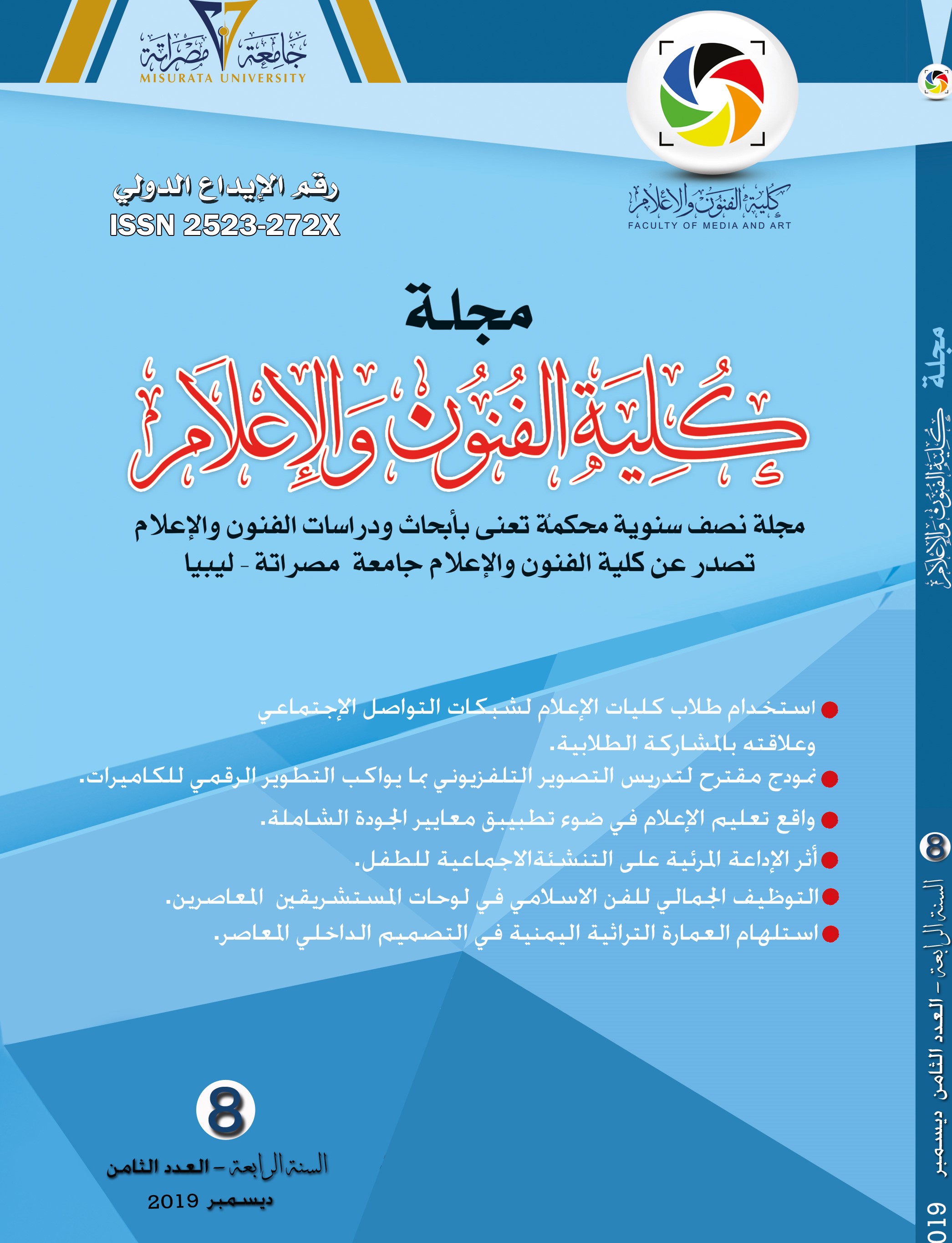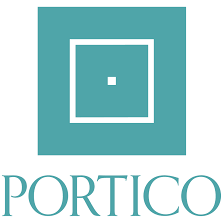A Proposed Model for Updating Television Photography and Lighting Courses in the Department of Radio and Television Arts in Light of the Digital Development of Cameras
DOI:
https://doi.org/10.36602/famj.2019.8.1Keywords:
Model, Courses, Television Photography, Digital Development.Abstract
This study addressed the current situation of the Department of Radio and Television Arts and its urgent need to update the courses of television photography and lighting in a way that keeps pace with the technical developments of television image production tools, foremost among which are the high-quality digital cameras (High Definition Cameras) with all their components, including control tools and digital image recording media.
The study concluded by presenting a proposed model for updating the television photography and lighting courses to suit the technical developments. The general description of the courses included the most important modern technical developments in the field of photography and lighting, distributed over four semesters with a total of 36 hours per semester, including 12 theoretical hours and 24 practical hours for each semester. This structure is designed to ensure that the course outcomes achieve the targeted educational results in terms of knowledge, understanding, mental and professional skills, as well as general and transferable skills acquired by the student during the study of television photography and lighting courses according to the new description that keeps pace with the latest technical developments in the field of digital cameras and their accessories.
References
-هاربت زيتل- المرجع في الإنتاج التليفزيوني- ترجمة. سعدون الجنابي وخالد الصغار –فلسطين: غزة, 2007, ص.51.
- هاربت زيتل- المرجع في الإنتاج التليفزيوني- ( 2007), مرجع سابق, ص . 104.
- عبدالباسط سند – فن التصوير التليفزيوني- (2009) ص25.
- سلوى المقدم – "التليفزيون بين الأمس واليوم : تطور صمام الكاميرا من 1.0 إلى C.C.D" في مجلة الفن الإذاعي , العدد 175 ( القاهرة: اتحاد الإذاعة والتليفزيون – يوليو 2004 ) ص 118.
- سعيد شيمى – الصورة السينمائية بالوسائل الرقمية (القاهرة : وزارة الثقافة , صندوق التنمية الثقافية , 2004) ص 51.
- John Hedgecoe – The New Manual of photography – DK- Londan– 2003- p30.
- Hermman Kruegle – CCTV Sureillance, Video Practices and Technology-2ed edition U.S.A – 2007- p129.
( )هشام جمال الدين حسن – الإبداع الفني للمصور بين الصورة السينمائية والصورة التليفزيونية-أكاديمية الفنون- المعهد العالي للسينما- رسالة ماجستير غير منشورة ص137,
- Saeed V. Vaseghi, Advanced Digital Processing and Noise Reduction, UK, WILEY ,2008., .P6.
( ) هشام جمال الدين – التكنولوجيا الرقمية في التصوير السينمائي الحديث, سلسلة دراسات ومراجع السينما, أكاديمية الفنون, 2006 . ص 64-65.
- Dummies – Digital Video, 3rd Ed –New York- focal press - 2003- P. 53.
- http://www.sparkysworld.co.uk/images/interlace.
( ) وائل محمد Hحمد عناني– الأسس التكنولوجية لتطور نظام التليفزيون عالي الحدة إلي نظام التليفزيون الفائق الحدة–– المجلد 23- العدد الثالث (القاهرة: جامعة حلووان- مجلة علوم وفنون - يوليو 2011- ص3. ص4.
(1) Robert B.Musburger- Single- Camera Video Pordution- 5th ed - focal press - USA- 2010 – P.53.
(2) Keith Jac Video Demystified- Fifth Edition- focal press- USA- 2007-P9.
- http://www.canon.com/bctv/products/yh16x7kts.html
( ) http://www.canon.com/bctv/products/yh16x7kts.
-عبد الفتاح رياض –الضوء والإضاءة في التصوير الضوئي - ( القاهرة : جمعية معامل الألوان, 2002م )ص 370.
-Steve Wright - Compositing Visual Effects Essentials for the Aspiring Artist – Op. Cit .p 63-64.
- Steve Hullfish, The Art and Technique of Digital Color Correction, Focal Press











